6 Subtle Signs Of Type 2 Diabetes In Children That Parents Should Know About
Here’s how to spot the telltale signs...
3 January 2019
Lara

Let’s begin with some bad news – the signs of type 2 diabetes are almost all subtle.
In type 1 diabetes, symptoms are pretty classic and obvious...
However, in type 2 diabetes, they’re the same symptoms – but unfortunately, they’re much more subtle and often missed.
Parents are best-placed to know what is normal for their child and should consider a check-up if there’s a major deviation from it.
Symptoms vary for different children and different ages, so don’t blame yourself if you miss things.
So here are 6 factors that could help flag up a fledgeling diabetic.
1. Susceptibility
Not a symptom as such, but there are well-established risk factors for childhood type 2 diabetes.
Obesity is your biggest factor while having diabetic family members and African or South Asian heritage also heighten your chances.
If your child fits this profile, it might be worth a precautionary trip to the paediatrician.
2. Excessive urination
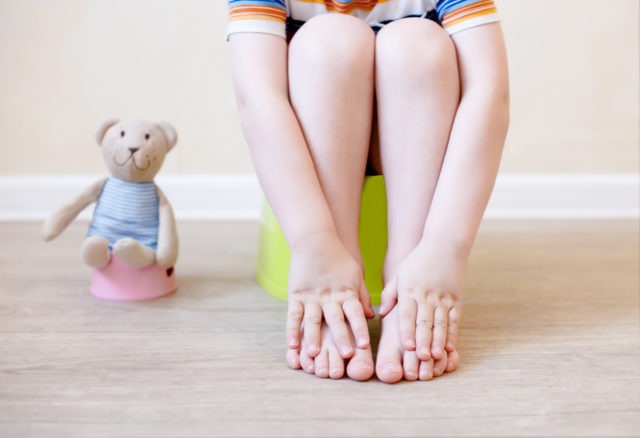
High sugar levels in your bloodstream mean high sugar levels in your urine, so the body compensates by pumping in extra water.
If your child has slept with dry sheets for years and then suddenly resumes bed-wetting, or is constantly running for the restroom, it could be an early sign.
3. Darkened skin
Darkened skin, or to use its proper name, Acanthosis Nigricans, is frequently found in people with insulin resistance – common for type 2 diabetics.
It’s like a dark, velvety pigmentation, which you would typically see under the armpits or at the back of the neck.
But perfectly healthy people can contract the condition – but it’s worth seeing your doctor all the same.
4. Fatigue

Adolescents aren’t renowned for their bright eyes and bushy tails, but drowsiness can be a sign that their blood sugar level is affecting their energy.
Hormone changes, growth spurts and pure laziness make medical fatigue a tough spot:
It’s difficult to make the call, so if you have a child who has other risk factors for type 2, just be a little more alert.
5. Excessive thirst

When your blood sugar levels rise, your body attempts to dilute your bloodstream by pulling in water from the surrounding tissue, resulting in an almost unquenchable thirst.
If your child can’t last a car trip without stopping for a bottle of water, you may want to divert to the doctors.
6. Slow-healing wounds
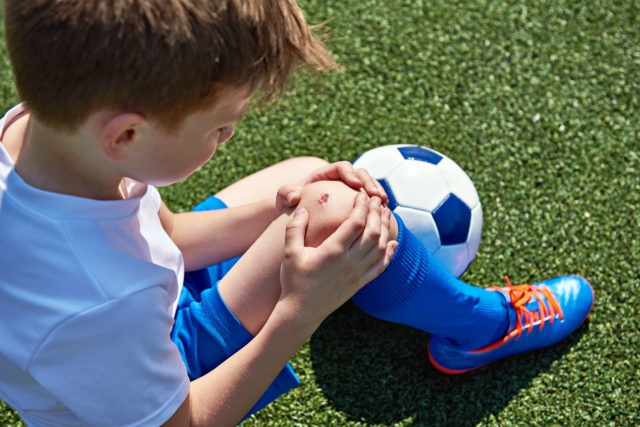
If you have an injury, it might take longer to heal.
Difficult to spot and often absent in the young, you should look for this symptom only as part of a pattern.

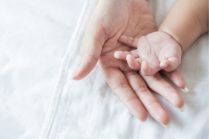



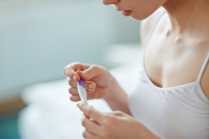
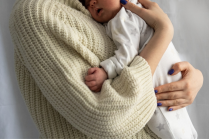



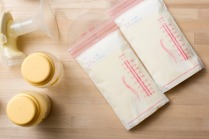




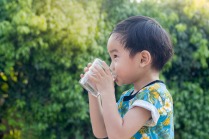




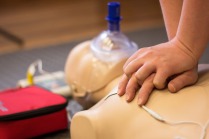



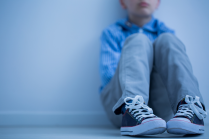
.png?itok=SvZPqMHH)




.png?itok=uB2ieOR7)












